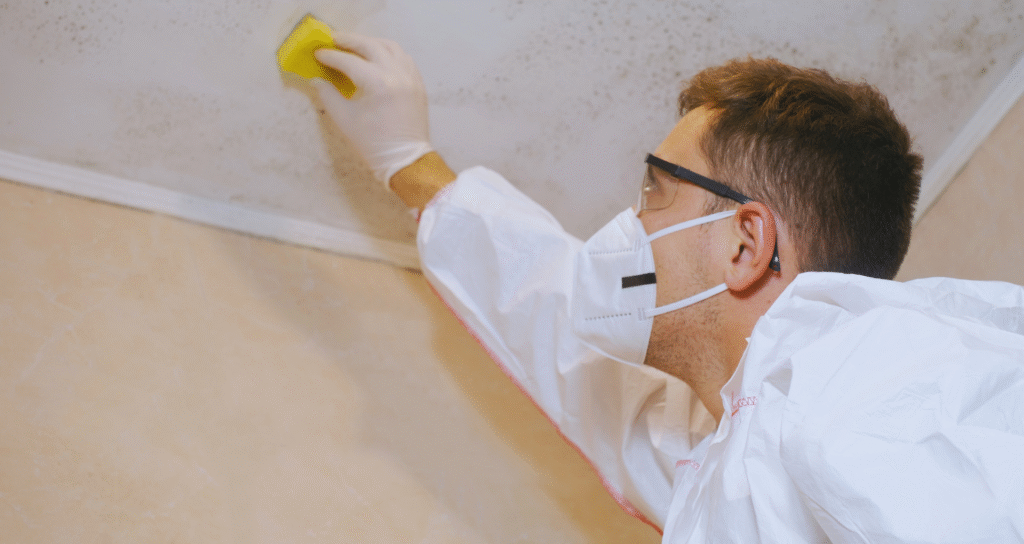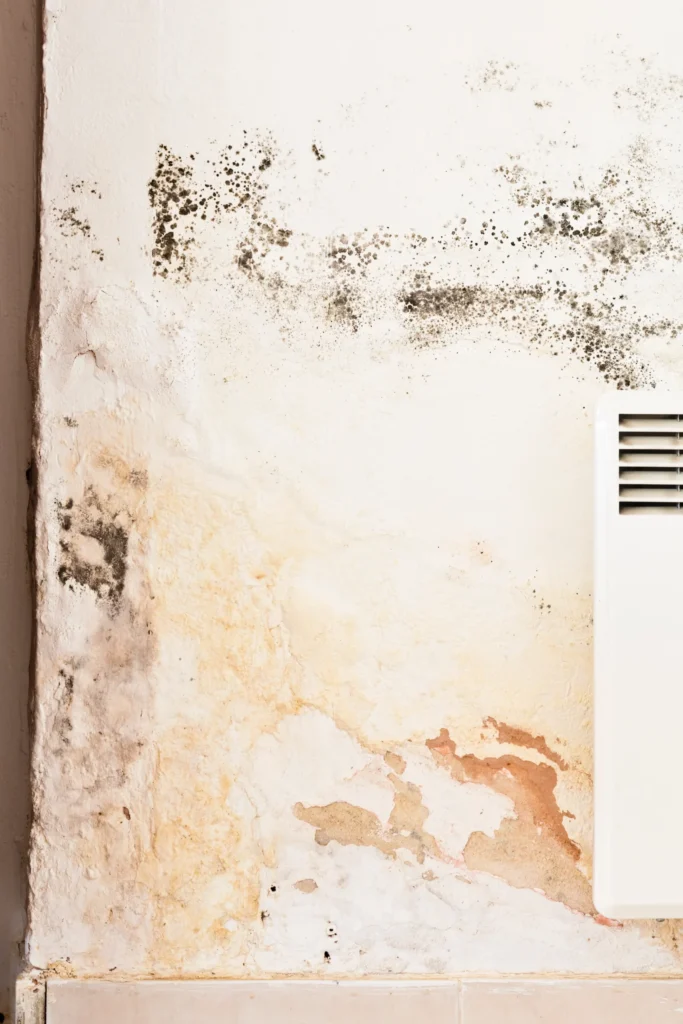Our Services

We’re the only damp-proofing company that offers a 50-year guarantee.
Exclusive 50-YEAR guarantee

Why Choose Us
A full range of treatments for every kind of damp problem
We are damp-proofing specialists, and provide a full range of services: Chemical damp-coursing Physical damp-coursing Basement tanking & waterproofing Structural waterproofing Dry & wet rot treatment Woodworm & insect infestation, and Specialist replastering For an explanation of each of these treatments, please click or scroll down. First, let’s quickly run through the basics of damp-proofing.
What is a damp-proof course & membrane?
A typical wall brick, despite appearing solid, is actually porous and can absorb groundwater through tiny fissures. This process continues until natural evaporation balances the capillary action, usually reaching about 1.2m in height—this is known as rising damp. To stop the upward movement of water, an impervious layer called a damp-proof course (DPC) is installed, acting like a barrier between the brick and the moisture. A DPC can be made from bitumen-soaked hessian, high-grade plastic, slate, metal, or chemically injected solutions, as long as it’s waterproof and durable enough to last the building’s lifetime. Most damp issues occur not because the DPC fails but because it’s been breached, often during building works that allow water to bypass the membrane. In some cases, older materials degrade and allow moisture through again. During a damp survey, we locate these breaches and can usually repair them quickly and affordably. A damp-proof membrane (DPM) works similarly to a DPC but on a larger scale—used under concrete floors, along retaining walls, or even as part of the DPC system. In all cases, the goal of a DPC or DPM is to create a waterproof barrier that prevents moisture from rising into the home.


Who We Are
Our services in a pipe shell
DRY & WET ROT TREATMENT
The decay of timber due to wet or dry rot happens when it’s in contact with damp surroundings i.e. rising damp, plumbing leaks, leaking gutters or even unventilated sub floors.
Dry rot
Initially, we concentrate on ensuring the rapid drying of any damp masonry prior to reinstatement work, and take measures to ensure this damp never reoccurs.
All concealed and embedded timber surfaces adjacent to an outbreak – including timber lintels, bressummers (load-bearing beams), trimmers and adjacent concealed joinery surfaces – are then exposed and examined for the presence of dry rot and replaced as necessary.
Wet rot
However, the source of moisture will need to be identified and eradicated and any replacement of damaged timbers will be required.
Woodworm & insect infestation
The correct identification of a particular insect is required so as to ensure the correct treatment is applied.
Our solutions suit all the different types of infestation, and will control the existing situation and prevent further attack.
Specialist replastering
A new damp proof course will prevent further moisture rising into the wall. However the existing problem will have usually allowed soluble salts from the brickwork and groundwater to infect the plaster. Once there, these salts effectively prevent the existing plaster from drying out, as any condensation will be readily absorbed by the salts, thereby causing effervescence at the surface. A new salt retardant render needs to be applied, such as our unique DR5 premix.
Dampcoursing Ltd’s DR5 render is specially manufactured to our own specifications, containing selected grades of sand with the correct amount of cement. Each batch is tested at the factory to ensure strict uniformity. Together with waterproofing additives that conform to BS 1881, we can ensure a product that – together with a new DPC – will give long lasting results.
Most other renders that are hand mixed on site, without proper testing, contain micro-fissures. These tiny fissures can’t be seen, but they provide a route for moisture to travel through, meaning the damp-proofing can fail.
Our DR5 premix is carefully blended and forms a very important aspect of our damp-proofing works. Even where clients arrange their own plastering, we insist that our products must be used to our specification in order for the guarantee to be effective.
Two or three coats are applied, depending on whether the wall is above or below ground level. Replastering is carried out to a minimum height of 750mm, though more usually 1.2m – and certainly to a height beyond the last visible signs of contamination.
After application of our DR5, a final finish coat completes the process.
How to get started
We’d be delighted to discuss the work you’re involved in, and how we could help. To get going, just give us a call or email to arrange an initial chat. Then we can talk over the phone, or arrange to meet in person. After that, if you’d like to take it forward, the next step would be to arrange for one of our surveyors to a make a site visit, and then send you a full report.If you have any questions, we’re more than happy to talk them through with you.




